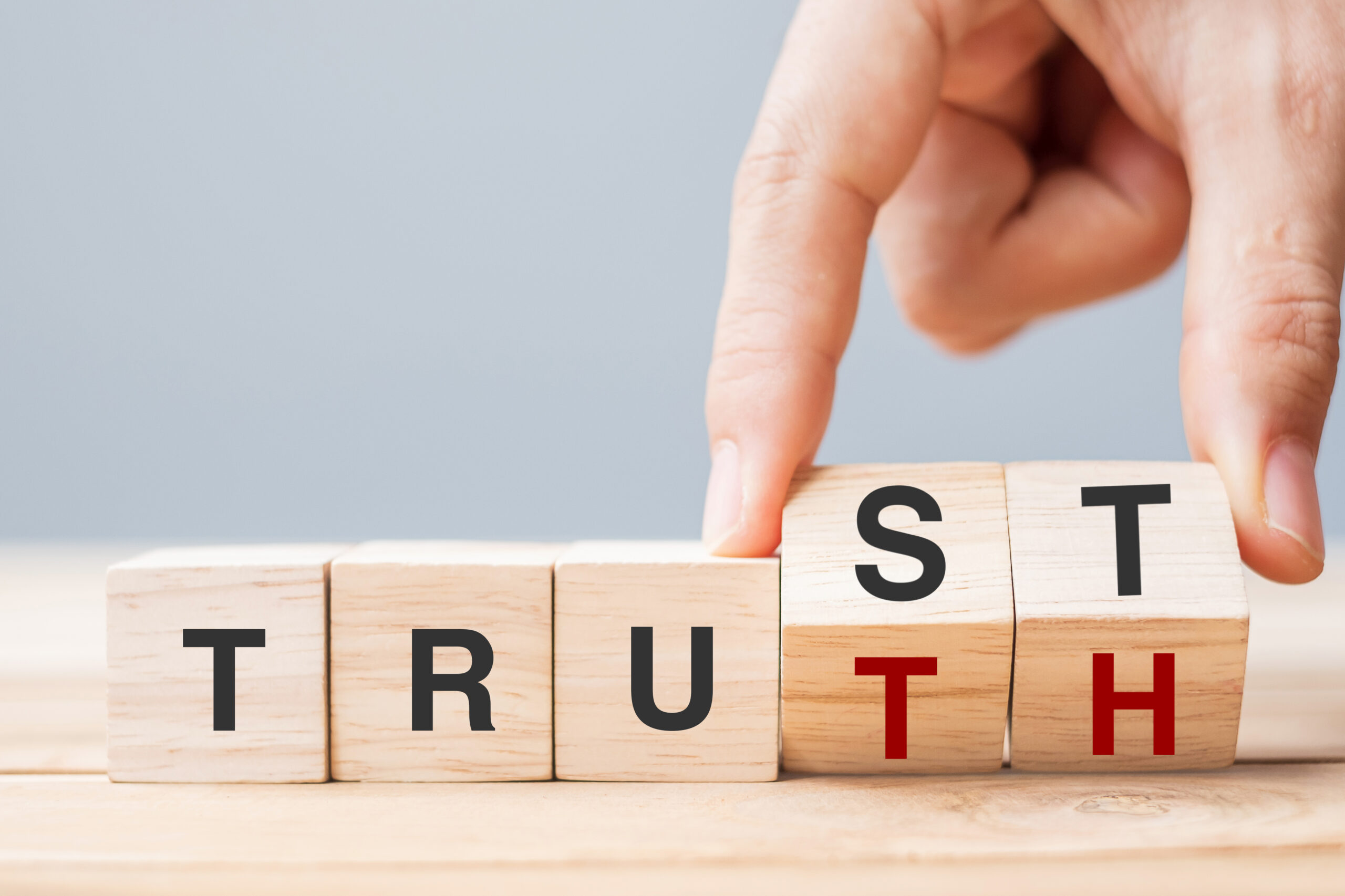Debt, a universal term in the world of today, holds the potential to both empower and entrap individuals. While access to credit can facilitate essential purchases or investments, its mismanagement can lead to a suffocating burden.
In this ideal scenario, debt relief programs emerge as a potential solution, offering a path toward financial freedom. This path is something we all would like to be on, provided we know the basics of handling money.
Understanding the scope of the problem is crucial and where many fail to see. According to a 2023 Experian report, the average American household carries a significant debt load.
The average balance across all loans, including mortgages, is over $104,000, with non-mortgage debt sitting around $23,900. Even credit card debt alone averages a staggering $6,500.
Having a good credit score can help secure loans with lower interest rates, easing the burden of repayment. This vast pool of individuals facing financial challenges has fueled the growth and demand for debt relief programs. However, like any financial decision, enrolling in a program requires careful consideration.
Additionally, strategies for managing lifestyle changes and maintaining motivation during the often-challenging repayment journey will also be explored.
Now we shall delve into the advantages and disadvantages of these programs to equip you with the knowledge to make informed choices.
A Double-Edged Sword
Crushing debt can feel like a weight dragging you down, but there is hope! Debt relief programs offer a lifeline, helping you manage and ultimately conquer your outstanding debt.
These programs come in different flavors, from consolidating your loans for easier repayment to negotiating with creditors to reduce what you owe altogether.
Exploring these options will equip you with the knowledge to choose the program that best fits your situation:
- Consolidation. This program combines multiple debts into a single loan with a lower interest rate, simplifying repayment, and potentially reducing monthly payments.
- Debt Settlement. This program negotiates with creditors to significantly reduce the total debt owed, typically in exchange for a lump sum payment.
- Credit Counseling. This non-profit service provides personalized financial advice, budgeting guidance, and negotiation assistance with creditors to develop a manageable debt repayment plan.

Debt relief programs can be a tempting solution for those struggling with overwhelming debt. They promise a way out, but like any financial decision, there are two sides to the coin.
It is important to weigh the advantages, like potential debt reduction and streamlined payments, against the drawbacks, such as potential credit score damage and fees.
This exploration will equip you to make an informed decision about whether a debt relief program is the right path for your financial journey. While debt relief programs offer a temporary solution, you must acknowledge both sides:
PROS:
- Reduced Monthly Payments. Programs like consolidation can lower monthly payments, easing the financial strain and freeing up resources for essential expenses.
- Debt Management. Debt counseling programs equip individuals with the knowledge and tools to manage their finances effectively allowing for long-term financial health.
- Faster Debt Elimination. Debt settlement programs can potentially expedite debt repayment, allowing individuals to be debt-free sooner.
CONS:
- Impact on Credit Score. All debt relief programs, except credit counseling, can negatively impact an individual’s credit score, making it difficult to obtain loans or favorable interest rates in the future.
- Fees and Costs. Debt consolidation and settlement programs often come with upfront fees and ongoing service charges, adding to the total debt burden.
- Loss of Control and Potential Scams. Debt settlement programs involve surrendering partial control over the debt repayment process, and the potential for scams targeting vulnerable individuals exists.
Related Article: “How to Use Credit Cards to Build Good Credit“
Taming Your Lifestyle While Conquering Debt
Living with debt can feel like a constant battle. By making smart adjustments to your lifestyle, you can free up valuable resources to tackle your debt and regain financial control. Here are some key strategies:
- Budgeting and Tracking. This is the foundation. Create a realistic budget that tracks your income and expenses. Many free apps and online tools can help. Scrutinize your spending and identify areas where you can cut back. Every dollar saved is a dollar you can throw at your debt.
- Needs vs. Wants. Prioritize essential needs like housing, utilities, groceries, and transportation. These are non-negotiables. Wants like fancy coffee drinks, daily takeout, or expensive subscriptions can be trimmed or eliminated. Explore frugal alternatives like brewing coffee at home, cooking more meals, or finding free entertainment options like visiting parks or libraries.
- Embrace Frugal Fun. Living debt-free does not have to mean sacrificing all enjoyment. Cost-effective alternatives for entertainment like potlucks with friends, game nights at home, or free outdoor activities like hiking or biking. The fun does not have to come with a hefty price tag.
- Free Financial Resources. You do not have to go it alone. Many non-profit organizations offer free budgeting tools, educational workshops, and credit counseling services. These resources can be invaluable in creating a personalized debt repayment plan and developing healthy financial habits.
- Boost Your Income (optional). If your budget feels stretched thin, consider increasing your income. Explore side hustles like freelance work, online gigs, or selling unused items. Even a small increase in income can make a significant dent in your debt.
Furthermore, the road to becoming debt-free is paved with creating a proper budget, prioritizing essential spending, and finding ways to have fun that do not break the bank.
Staying Motivated Toward Financial Freedom
The journey to financial freedom can feel like a long, uphill battle, filled with moments of overwhelming emotion. Motivation, like a flickering candle, can seem on the verge of extinction.
However, remember that motivation often comes in bursts, not as a constant state. Set realistic and achievable goals so you can create a sense of accomplishment.
Did you stick to your budget for a month? Awesome! Did you pay off a credit card? Great job! Celebrating these milestones, big or small, brings you closer to your ultimate goal and reignites the fire within to keep moving forward.
- See the Light at the End of the Tunnel. Sometimes, the sheer enormity of debt can feel overwhelming. Combat this by visualizing your future as a financially free you. Do you dream of traveling the world? Retiring early? Picture yourself living that dream and let that image be your guiding light.
- Strength in Numbers. You do not have to walk this path alone. Find a support system of friends, family, or online communities who share similar goals. Share your struggles and successes, celebrate each other’s wins, and hold each other accountable. Knowing others are on this journey with you can be a powerful motivator.
- Seek Guidance. Financial advisors can offer personalized strategies and keep you on track. Therapists can help address any emotional roadblocks associated with debt, like anxiety or guilt. Do not hesitate to seek professional help – it is an investment in your financial and mental well-being.
Moreover, financial freedom is a marathon, not a sprint. There will be bumps along the road with motivation coming and going. Embrace the small victories, visualize your future success, find a supportive community, and don’t be afraid to seek guidance.
Related article: “Living with Debt: How to Become Financially Literate“
Trusting Debt Relief Programs
Determining the exact number of individuals actively enrolled in such programs is challenging due to the diverse nature of the industry and the lack of centralized data collection.
While credit counseling is not a debt relief program on its own, it often acts as a first step before individuals seek more drastic solutions like debt consolidation or settlement.
A survey in 2022 by the American Financial Services Association revealed that 31% of Americans are aware of debt settlement programs which does not affect the utilization rate of debt relief programs.
Also in a 2022 report by the National Foundation for Credit Counseling (NFCC), over 4 million people sought credit counseling services in 2021. Market research firms like IBISWorld estimate the debt settlement industry revenue to reach over $10 billion in 2024.
By analyzing data from various sources, we can conclude that a considerable portion of the population, burdened with debt, seeks professional assistance in managing and potentially reducing their financial obligations.
Ultimately, the decision to enroll in a debt relief program should be made on an individual basis, carefully considering the specific circumstances, financial goals, and potential drawbacks associated with each program.
This revenue represents the total earned by debt settlement companies, which provides an indirect indicator of the potential number of individuals enrolled in their programs.
These figures should not be interpreted as definitive statistics on the exact number of people utilizing debt relief programs.
**Disclaimer** I am an educated enthusiast of financial literacy and money management. The information provided in this article is for educational purposes only and should not be considered financial advice. I am not a licensed financial advisor, planner, or counselor.
References:
- Experian 2023 Consumer Credit Review
- National Foundation for Credit Counseling
- IBIS World
- Featured Images Courtesy of Vecteezy
